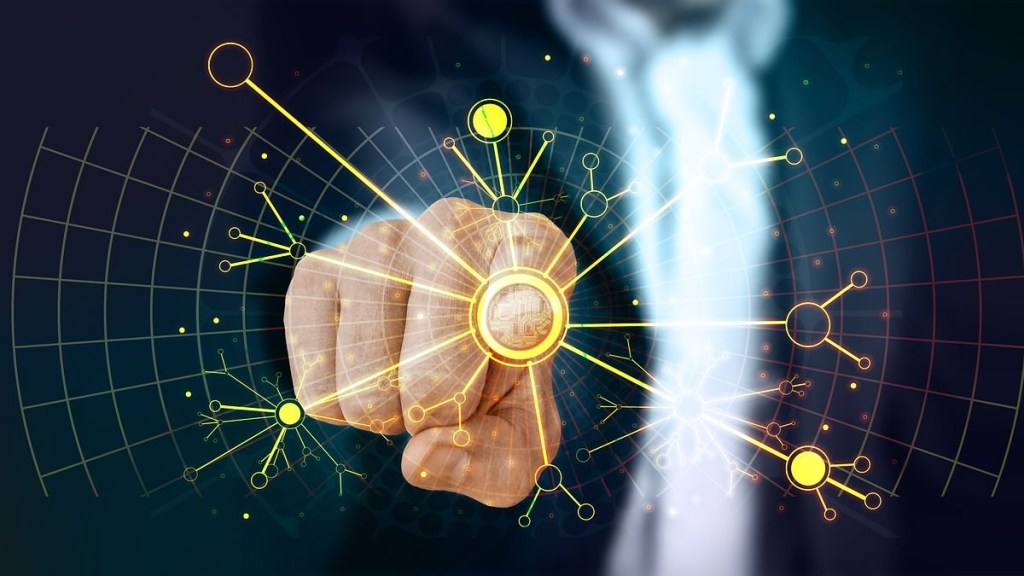By Sudha Srinivasan
Early this month, heads of countries, leading technologists, civil society leaders and researchers signed the Bletchley Declaration in the UK. They recognized the power of Artificial intelligence to transform and enhance human wellbeing, peace and prosperity. The declaration elaborates that AI should be designed, developed, deployed, and used, in a manner that is safe, in such a way as to be human-centric, trustworthy and responsible. It is a call to action, to cooperate on AI to promote inclusive economic growth, sustainable development and innovation, to protect human rights and fundamental freedoms, and to foster public trust and confidence in AI systems to fully realise their potential.
India’s war against poverty has leapfrogged in recent years on the backbone of technology. Our robust digital infrastructure helped to stem the economic downslide during the pandemic and continues to drive welfare programs. As a result, we have made remarkable strides in recent years toward eradicating poverty, significantly reducing both the number of people affected and the severity of their hardship. This success is largely due to improvements in the fundamentals of human development: education, health, and livelihoods. As a nation, we continue to invest in raising the baseline for human capital. For instance, the allocation for education in the Union Budget has reached an all-time high of 2.9% of GDP. Programs in health, rural development, women’s empowerment, and livelihood support have also seen consistent growth, resulting in a social infrastructure that includes 1.2 crore Self-Help Groups (SHGs), with 88 percent comprising all-women groups, thus spearheading the world’s largest microfinance project.
Despite this progress, the investment needed to eradicate poverty within our generation still falls short. Most developed countries allocate up to 6% of their GDP to education; India is barely at the halfway mark. Moreover, despite significant progress in establishing a three-tier healthcare system, access to quality healthcare, particularly in rural areas, is hindered by the scarcity of trained medical professionals. India requires a broad spectrum of professionals – paralegals, electricians, lab technicians, trainers, therapists, and many more to meet the needs of our burgeoning population with quality and availability that match global standards.
Historically, bridging the developmental divide was a matter of time—the time needed for capital formation and to develop human capital through generational shifts in education and skill levels. Today, however, technology, and AI in particular, offers unprecedented productivity gains that could reduce this waiting period from decades to mere years.
Consider the skilling sector in India. The World Economic Forum, in its 2018 study, ranked India 30th in the Global Manufacturing Index, highlighting the lack of human capital as a bottleneck in enhancing the capabilities of our young and fast-growing workforce. The quality of skilling programs has suffered due to a shortage of skilled trainers – a gap ripe for digital disruption enabled by technology. A single trainer, empowered by AI-based assessment and content delivery systems, can effectively educate a larger cohort without compromising on learning outcomes. Large Language Models like OpenAI are revolutionising chatbots, training content, language translation, and personalised micro-learning modules. With investments in foundational data infrastructure for Indic languages, we are on the verge of closing the human capital gap in skill development through technological advancements.
Meanwhile in the agricultural sector, information asymmetry remains a significant challenge for Indian farmers. While some benefit from internet access and real-time information, a vast majority of smallholders struggle with outdated cultivation techniques, weak market linkages, and limited access to solutions that could alleviate their labour, optimise input usage, or boost their yields and incomes. A 2018 review by the Indian Council for Research on International Economic Relations (ICRIER) detailed how agricultural research, education, and extension services are crucial to the growth of agricultural GDP. By equipping field agents with state-of-the-art advisory services powered by real-time data and AI, the efficacy of extension services can be dramatically scaled up. AI’s potential to forecast weather, monitor crop health, prevent or detect pest attacks, minimise pesticide usage, and enhance soil health could revolutionise agriculture, making it more sustainable for the planet and profitable for farmers.
The world is bracing for large-scale displacement due to AI and robotics. Yet, these technologies also hold the key to addressing the critical shortage of human capital that perpetuates poverty among underprivileged populations. The emergence of digital public platforms and data exchanges allows AI innovators to apply their solutions for social good, tackling issues that perpetuate opportunity inequality. Governments are increasingly seeking to expedite the closing of the development divide, creating mechanisms for innovators to contribute to this agenda.
The timing is ideal for innovators and forward-thinking policymakers to collaborate. Through the utilization of technology-driven solutions to tackle development challenges, we can chart a course for India to achieve a poverty-free centenary as a fully developed and inclusive nation. This endeavour will embody the spirit of the Bletchley Declaration, setting a notable example for global development.
The author is Sudha Srinivasan, CEO at the The/Nudge Centre for Social Innovation, The/Nudge Institute.
Disclaimer: Views expressed are personal and do not reflect the official position or policy of Financial Express Online. Reproducing this content without permission is prohibited.

